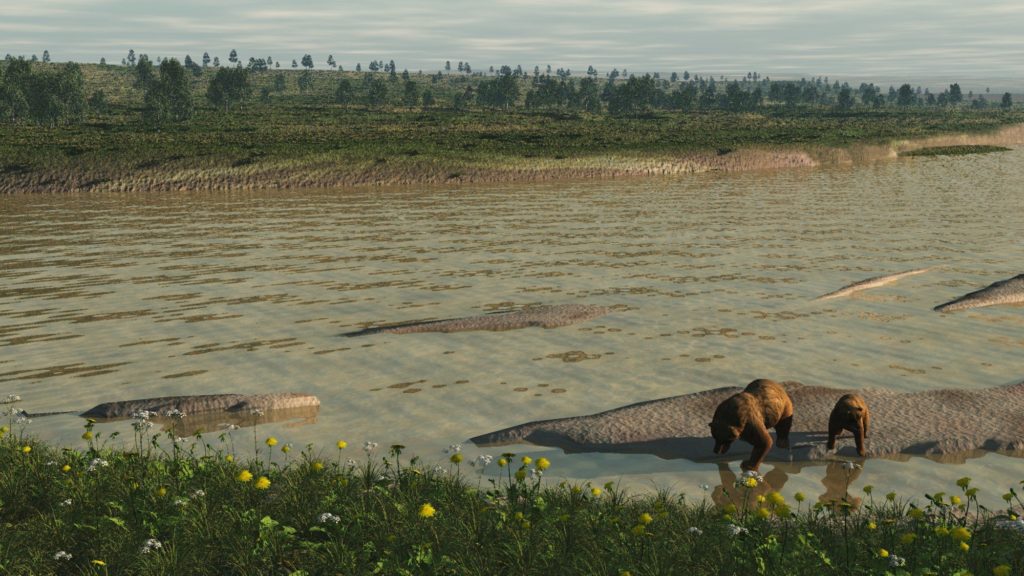
Evidence has been uncovered at a planned North Sea windfarm site which could provide clues into a pre-historic land that once linked the UK to continental Europe.
Archaeologists working for Vattenfall have made a major find which could unlock clues about “Doggerland”, the submerged landscape which was flooded more than 8,000 years ago.
Work at the surveying site for the Swedish energy firm’s Norfolk Boreas offshore windfarm in the southern North Sea has uncovered the evidence.
It is expected to answer questions on the environment of people living there at the time, and how quickly they needed to react to the changing coastline amid rising sea levels.
The samples could also bring answers around climate change.
Analysts say the set of “cores” extracted from the seabed provide an environmental record of 3,500 years, from the last ice age to the flooding of Doggerland, which is now the English Channel and southern North Sea.
Wessex Archaeology are conducting the research, with the findings expected in Spring next year.
Principal marine geoarchaeologist, Claire Mellett, said: “We have been extremely fortunate to recover what we believe is a unique sequence of sediments which offer an environmental record over a period of nearly 3,500 years.
“There are so many insights that the collected material can give us. We will be able to reveal how the landscape may have looked, how it changed as the climate warmed and sea-levels rose after the last ice age, and – crucially – how this changed the relationship between prehistoric communities and their environment.”
Consultations are underway as to the scale of Norfolk Boreas, a major wind project 44miles off the UK’s coast.
The 1.8GW windfarm will consist of between 90 and 200 turbines.
Vattenfall’s manager for the project, Graham Davey, said: “It is common that wind farm development – on and offshore – uncovers Britain’s hidden history but important finds like these are exceptionally rare.
“When it does it happen, it’s important to let science take its course and allow a full analysis of the evidence.
“Most fascinating is trying to understand what the data can tell us about how warming over 10,000 years ago affected the landscape and the seascape in the North Sea, and what impacts we might expect from global warming now.”
